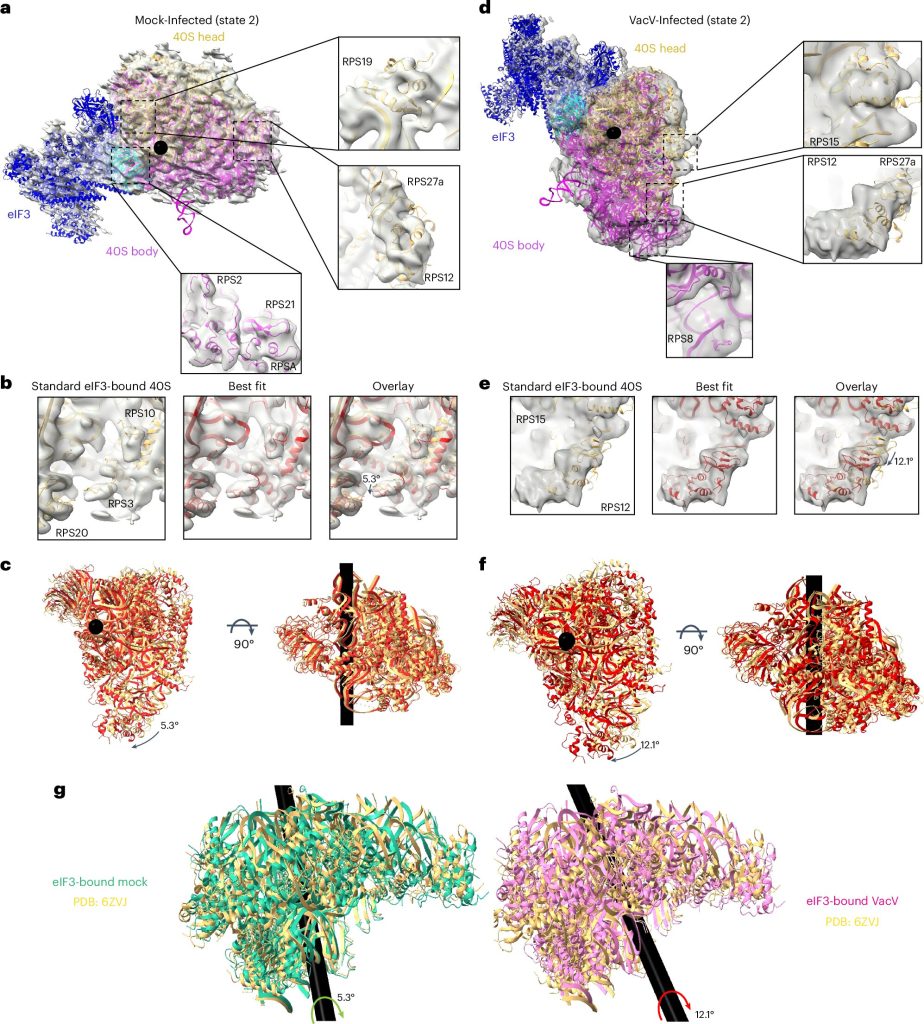Sure! Here’s a warm and engaging retelling of the story, presented in a friendly tone.
—
Welcome to a fascinating peek into the world of science, where the wonders of technology meet the intricacies of nature! This story highlights a significant breakthrough in understanding avian influenza, revealing how researchers are using artificial intelligence to keep pace with a virus that’s always evolving.

Let’s talk about the H5N1 avian influenza virus, a persistent and tricky little bug that has been making rounds among birds and mammals worldwide. As of June 2025, in the U.S., there have been 70 reported infections, with a heartbreaking loss of one life. Recent research highlights how this virus is evolving new tricks to stay ahead of our natural defenses.
Researchers from the University of North Carolina at Charlotte (UNCC) took on the challenge of understanding the H5N1 virus using advanced artificial intelligence tools. They plunged into an analysis of thousands of viral proteins, revealing a concerning trend: the virus has been weakening the bonds that help it latch onto protective antibodies over time.
According to Dr. Colby T. Ford, a leading computational biologist, this mutation is significant. “The virus has certainly mutated away from what we saw a decade ago. They don’t even look the same!” His words remind us that staying vigilant is essential. These adapting strains might outsmart vaccines developed years ago, posing potential risks that we can’t ignore.
Alongside undergraduate researcher Shirish Yasa, now a student at Eastern Virginia Medical School, Dr. Ford shared their exciting findings at the prestigious ASM Microbe 2025 conference in Los Angeles. They detailed how the virus’s clever strategies could increase its pandemic potential.
As they dug deeper, the researchers found that the bonds between the virus and antibodies have been weakening. Dr. Ford explained, “Antibody performance is waning as we get to the newer isolates that we’re seeing.” This insight sheds light on why newer strains might pose a significant challenge to our immune defenses.
Interestingly, the team has been identifying distinct clades, or branches, of the H5N1 virus that move in various ways between hosts. Recent investigations connected a human case in Louisiana directly to a clade that transitions from birds to humans without going through other animals, a crucial revelation for understanding its transmission.
The good news? As the virus finds ways to outwit our immune system, technology strides forward. Ford emphasized that their work isn’t just about understanding the virus; it’s about leveraging AI to track its evolution and design better treatments. “Can we generate novel therapeutics based off those strains? Yes, and we can do it fairly quickly with the AI pipeline we’ve built.”
This research sheds light on the continuous battle between humans and viruses, reminding us that while the challenges are real, innovation and collaboration are equally potent in the fight against disease.
—
I hope this version captures the heart of the story while making it accessible and enjoyable for everyone!
If you would like to see similar science posts like this, click here & share this article with your friends!


